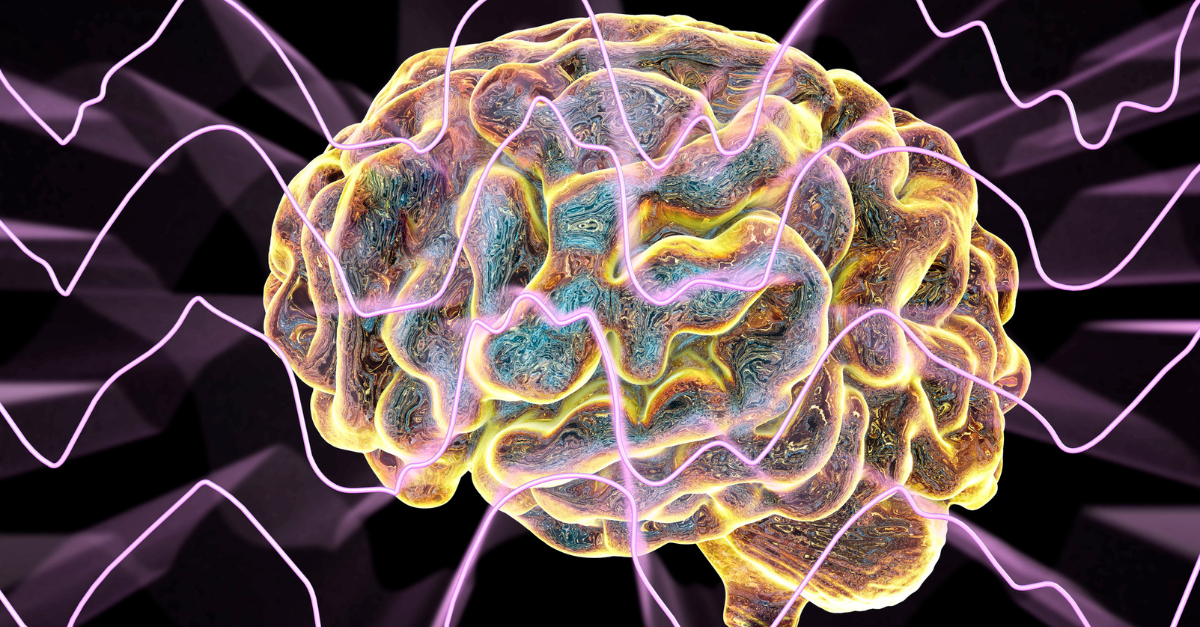Neurological disorders affect millions globally, touching every dimension of daily life—from movement and memory to speech, mood, and independence. Traditional medicine has made meaningful strides in symptom control, but many patients still face progressive challenges. A new approach is changing that trajectory: targeted cellular therapies that aim to calm neuroinflammation, protect vulnerable neurons, and support repair. In recent years, Panama has emerged as a hub where regenerative innovation meets patient-centered care, offering an integrated path forward for those living with complex conditions.
The scope of neurological disorders is broad, encompassing degenerative diseases such as Parkinson’s and Alzheimer’s, demyelinating conditions like multiple sclerosis, traumatic brain injury, stroke sequelae, and developmental disorders including autism spectrum conditions. For families navigating these diagnoses, the key questions are consistent: What can meaningfully improve function? How can decline be slowed or stabilized? And can recovery—however incremental—be made more likely with an approach that addresses root mechanisms instead of just symptoms? These questions set the stage for cellular medicine’s value.
A core mechanism underlying many neurological disorders is chronic inflammation in the central nervous system. When neural tissue is under sustained inflammatory stress, circuitry falters: motor control degrades, cognition slows, fatigue intensifies, and sensory processing becomes unreliable. The promise of neurological disorders care with regenerative tools is to shift that balance—reducing inflammatory signaling, stabilizing neuronal environments, and improving the conditions in which function can return.
This is where mesenchymal stem cells become central. These cells do not simply “replace” neurons. Instead, they orchestrate a therapeutic microenvironment: modulating immune activity, secreting trophic factors, supporting remyelination dynamics, and signaling repair where damage has accumulated. In practice, this often manifests as reduced spasticity or tremor burden, improved endurance and mobility, enhanced focus or speech, and steadier day-to-day function. Because these cells are immunomodulatory and anti-inflammatory, their role in neurological protocols is both systemic and local—helping the brain and spinal cord reestablish a calmer, more supportive baseline for recovery.
Clinical programs focused on neurological disorders stem cells typically begin with comprehensive intake and review. The objective is clarity: diagnosis confirmation, disease stage, comorbidities, medication history, and realistic functional goals. From there, protocols are tailored—considering dose, frequency, and delivery routes—to match each patient’s needs. Some plans emphasize intravenous administration to target systemic neuroinflammation; others incorporate targeted delivery for specific regions implicated in movement, cognition, or sensory processing.
Panama’s strength lies in pairing scientific rigor with a supportive care experience. Facilities focus on sterile processing, clinical safety, and adherence to best practices, while maintaining a hospitality-forward environment that reduces stress and improves the overall treatment journey. The country’s ecosystem for panama stem cells has matured rapidly—bringing together expertise, infrastructure, and coordinated aftercare to support sustained gains. This matters, because neurological recovery is a process: it unfolds over weeks and months, benefits from consistency, and depends on reinforcement through rehabilitation, sleep, nutrition, and pacing.
A common concern for families is affordability. In Panama, the philosophy of affordable stem cell therapy is grounded in clarity and value: transparent ranges, bundled services, and programmatic support that help patients plan responsibly. Many find this approach accessible compared with costs in North America or Europe, especially when weighed against the cumulative burden of years of fragmented care that may not alter disease course. The goal is simple: enable more people to access interventions that can change daily life.
Expectations should be both hopeful and grounded. With neurological disorders stem cells panama, some notice early changes—less brain fog, steadier gait, better sleep. Others progress more gradually, seeing compounded improvements over months as inflammation recedes and neurotrophic support accumulates. Not every symptom resolves, but meaningful gains—more good days, longer activity windows, clearer speech, more reliable hands—can translate into tangible independence and dignity.
Success also comes from synergy. Regenerative care is most effective when integrated with a broader plan: physical and occupational therapy to reclaim movement patterns, cognitive exercises for attention and memory, anti-inflammatory nutrition, and stress regulation. This is why programs in Panama emphasize whole-journey support, not just a procedure. The right combination of cellular therapy, structured rehabilitation, and lifestyle scaffolding creates durable outcomes.
Ultimately, families choose this path because it reframes what is possible. With neurological disorders, the path of progress is never linear, and uncertainty is an inherent part of the journey. But when the care plan addresses underlying neuroinflammation, restores a reparative milieu, and supports day-to-day function, a new chapter becomes attainable—one defined less by limits and more by reclaimed capacity.
For those exploring options, the next best steps include a candidacy review, discussion of protocol design, and a realistic timeline for milestones. Anchoring decisions in science, aligning expectations with the program, and committing to a supportive routine at home will maximize the impact of this innovative approach.


